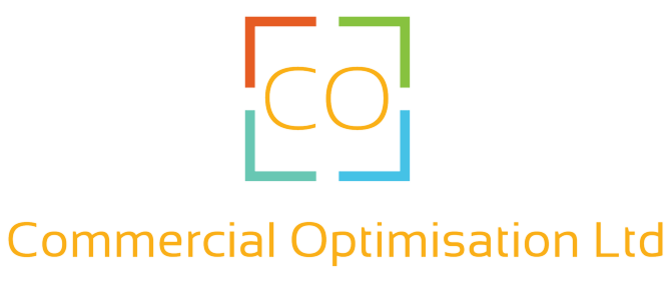Is your business aligned with your vision?
Posted on 7th June 2019 at 08:28
Article 1 of 6 about The EOS Model™
If you examine your business and the diagnosis is ‘unhealthy, it’s time to take action. In this series of six articles, I’m going to look at the Six Key Components™ of the EOS model. EOS is a proven model to improve your business’ health.
The first component is ‘Vision. In EOS, vision means knowing who you are, where you are going and how you plan to get there. However, vision can be a difficult concept to crystallise, especially as you need buy-in from everyone else in your business.
To formulate a coherent Vision that everyone around you can share and work towards, EOS asks you to answer the first discipline the ‘Eight Questions’.
1. What are your Core Values?
Your business’ core values are overarching principles that tell your leadership team, staff and customers who you are and how you run your business.
They could be honest, growth-focused, perfectionist, collaborative - big picture words but specific enough to define your culture.
2. What is your Core Focus™?
The core focus for your business is like the point on a compass. It gives you one direction at the expense of everything else. What you need to do is decide where it points.
Your Core Focus has two parts:
Why? - What is the purpose of your business?
What? - What is the one thing your business excels at?
Once your core focus is clear, you have a direction for your vision and your business.
3. What is your Ten-year Target™?
Successful businesses set long-term and short-term goals, all aligned to their Core Values and Core Focus.
Think about where you want your business to be in ten years. Set specific, measurable targets for your business to hit a decade from now. Be ambitious, audacious even.
You need your targets to inspire energy and enthusiasm inside every person in your business.
4. What is your Marketing Strategy?
Your Marketing Strategy will help you achieve those big objectives.
Think back to your Core Focus, your ‘why’ and ‘what’. Who is going to buy your product or service, your target market? Why will they buy your product from you? What makes you different from your competitors?
When you have these answers nailed down, you can make a plan to get in front of your target market with effective, persuasive messaging.
5. What is your Three-Year Picture™?
You can’t just set a target for the next ten years and just go for it, no matter how aligned it is with your Core Values and Focus. The next set of questions concentrate on breaking your ultimate goal down into manageable chunks.
Where do you want your business to be in three years? Where do your revenue and profit need to be? What other metrics are important as your business progresses? When this is in place, you can plan how to achieve those numbers. You will know how many people you need, how much technology, as well as ways to streamline your operation.
6. What is your One-Year Plan?
If your Three-Year Picture is clear and well-defined, you will be able to make a One-Year Plan that is achievable, yet inspiring. Assign yearly targets that culminate in your Three-Year Picture.
A One-Year Plan will give everyone in your business accountability for hitting their targets.
It will also give you focus; if it’s not on the plan, don’t do it.
7. What are your Quarterly Rocks?
At EOS, we call your priorities for your next 90 days your Quarterly Rocks. It’s about narrowing your focus to the shortest possible time, but still in alignment with your Core Values and Focus. Of course, you are still working towards your One-Year, Three-Year and Ten-Year goals.
Develop goals and priorities that a short and concentrated. Then, at the end of the 90 days, re-evaluate and refine your goals; set new ones.
8. What is your Issues List?
The final question relates to things that are wrong in your business. You have to create a safe space where people can identify issues without fear of judgment or blame. Only in this environment can you effectively solve problems and move forward.
Draw up a list of everything that is holding your business back. Get as many people in your company to help as you can. You will find removing these obstacles, many of which you may not even know about, will help you define your vision and achieve your targets.
Vision Shared By All
Once you’re all on the same page with the answers to the Eight Questions, we move to the Vision Component 2# discipline 'Shared by all'
It’s impossible to understate the importance of vision in business. If everyone doesn’t know what they are there to achieve, they will employ their own vision. For example, your Sales Manager will prioritise making sales, while your Finance Manager may prioritise cutting costs. Incompatible visions only succeed in pulling your business in multiple directions.
Find your vision today
If you think EOS can help your business, it’s time to engage your leadership team in the discussion. Together, you have two decisions to make:
Do we really want to run our business on EOS?
If so, which of the Two Ways to Implement EOS will work best for us?
The most efficient way to learn more and make those decisions is a 90-Minute Meeting with your leadership team and an EOS Implementer.
There’s no charge for this meeting, and no obligation. It’s a valuable learning event that will answer all your questions and fully equip you and your team to decide how best to move forward with EOS (or not).
Share this post:





